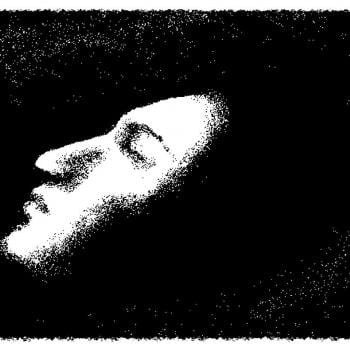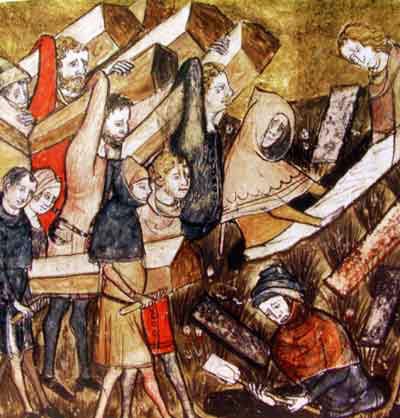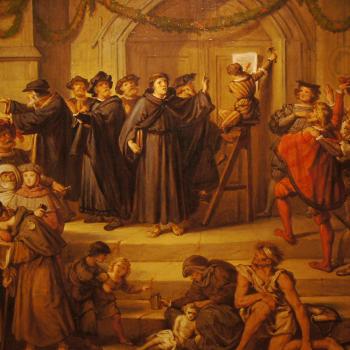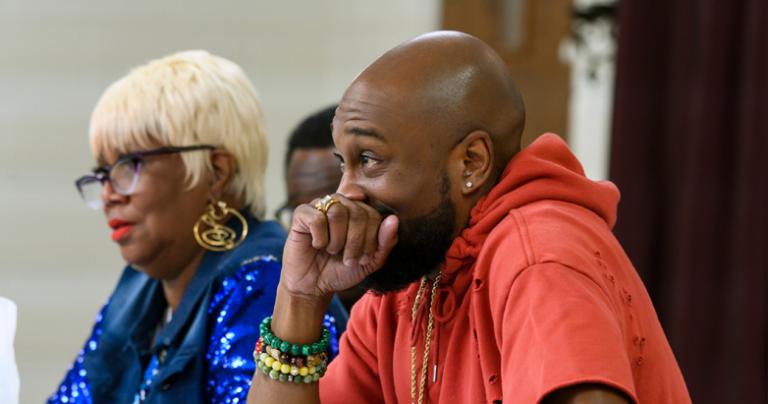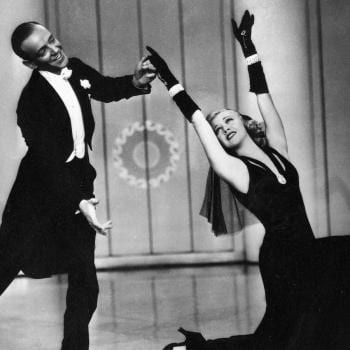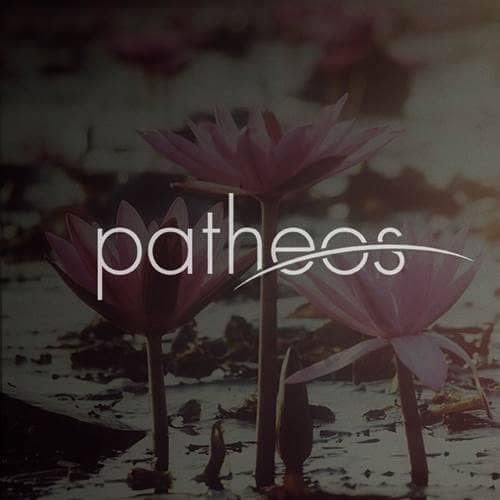- Trending:
- Pope Leo Xiv
- |
- Israel
- |
- Trump
- |
- Social Justice
- |
- Peace
- |
- Love
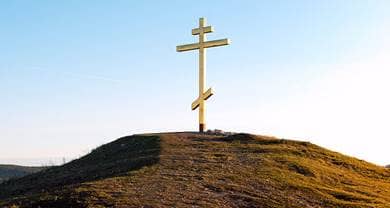
RELIGION LIBRARY
Eastern Orthodoxy
Leadership
Eastern Orthodoxy has a hierarchical form of leadership. The early church developed a clerical structure of deacons, presbyters (priests), and bishops. After Christianity was named the official religion of the Roman Empire in the late 4th century, the local churches incorporated into an empire-wide hierarchy organized along the same political lines as those established by the Roman Empire. The local community over which a single bishop presided came to be known as the diocese. All diocesan churches and their bishops within a single Roman province were presided over by an archbishop, who was the bishop of the provincial capital. Next came regional groupings of provinces, all presided over by patriarchs, from the Greek word meaning "head of the family." There were five patriarchates—Rome, Antioch in Syria, Alexandria in Egypt, Jerusalem, and Constantinople. The Eastern Orthodox Church still maintains the hierarchical clerical structure developed by the church in the Roman Empire.
Because the Roman Emperor Constantine had relocated the capital of the empire from Rome to the city of Constantinople in 330, the bishop of Constantinople became the most influential patriarch of the east. The patriarchates of Antioch, Alexandria, and Jerusalem came under Muslim rule in the 7th century, and the status and importance of those patriarchates weakened as Christianity became a minority religion in those regions. By the 12th century, relations between the churches of Constantinople and Rome had become so frigid that the influence of Rome's pope had virtually evaporated in the east. Until the 15th century, the patriarch of Constantinople maintained his primacy in status and influence. After the Ottoman conquest of Constantinople in 1453, the size of the patriarchate in Constantinople was significantly reduced in size and influence, but the patriarch, known today as the ecumenical patriarch of Constantinople, is still regarded with great respect in Eastern Orthodoxy, honored as the "first among equals."
Ordained clergy belong to the "major orders" of bishops, priests, and deacons. As with other liturgical traditions, Eastern Orthodoxy affirms the doctrine of apostolic succession, believing that the bishops are the inheritors of the authority of the apostles, authority bestowed on them by Jesus. The Church endows its bishops with a high degree of honor, viewing them as God's representatives on earth. Without them, the sacraments cannot be administered. They are appointed to be both guide and ruler of the diocese over which they preside. Priests, deacons, and laymen are expected to follow their bishops, and do nothing without them. Senior bishops in charge of large jurisdictions are called archbishops or metropolitans. The most senior bishop of an autocephalous church is called a patriarch. Depending on the patriarchate, bishops are either appointed by the synod, or are elected by the clergy and laity of the diocese.
Priests are divided into two groups, married clergy and monastic clergy. A priest may be married as long as the marriage is the first for both himself and his wife. If the priest outlives his wife, he is not allowed to remarry. Monastic clergy, or celibate priest-monks, are called hieromonks, and senior hieromonks are called archimandrites. Bishops must be single or widowed, and are often drawn from the ranks of hieromonks. Deacons assist priests or bishops in the administration of the sacraments, but are not allowed to administer the sacraments on their own. Among the orders of deacons are the deacon-monks, or hierodeacons. Abbots, the heads of male monastic communities, and abbesses, the heads of female monastic communities, are not always clergy. It is possible for an abbot to be a presbyter, and for an abbess to first be a deaconess.
There are ways to serve in the church without being ordained, for example by acting as readers during the Divine Liturgy, or on rare occasion as cantors, those who sing liturgical responses. These offices are not occupied by clergy, but are referred to as the minor orders. Ordination is not required to join one of the minor orders, but there is a ceremony of commitment called the tonsure. Traditionally, this commitment was signified by a shaved head, but beginning in about the 16th century, only a small part of the crown of the head was shaved. Now the act is more symbolic, where only a small bit of hair is cut, and is burned in the censer, the container in which incense is burned.
Almost all clergy of the major orders are male. There is a role for deaconesses in several of the autocephalous churches, but the deaconess is not a female deacon, meaning that her official role is different than that of the male deacon. While a great deal of research remains to be done on the role of the deaconess in the early church, it appears that one of her important roles was to assist the priest in administering sacraments such as baptism or the anointing of the sick.
The general duties of Eastern Orthodox clergy include administering the sacraments, teaching, and otherwise helping to spread the doctrines and practices of the Orthodoxy, and to help faithful Christians to consecrate the important passages in their lives, such as birth, marriage, sickness, and death. Clergy are found both in churches and without, as they can also serve in the military, seminaries, hospitals, nursing homes, and other places where they might be needed.
Study Questions:
1. How did early Roman politics influence the hierarchy of the church’s leadership?
2. What is meant by the Ecumenical Patriarch of Constantinople?
3. How are priests organized? Describe each of the groups.
4. Is leadership limited to the ordained? Explain.



